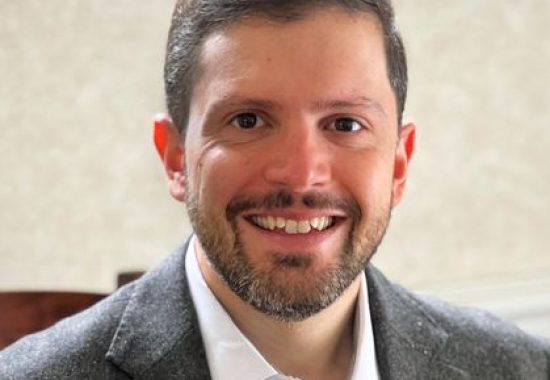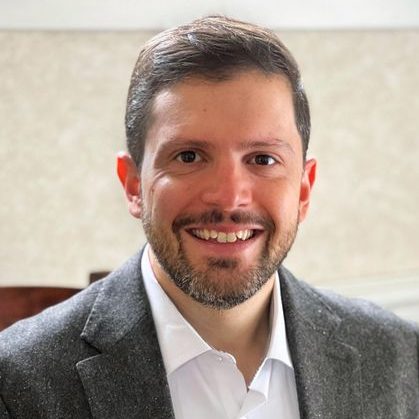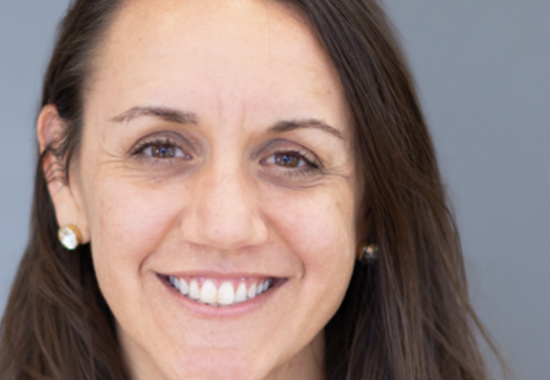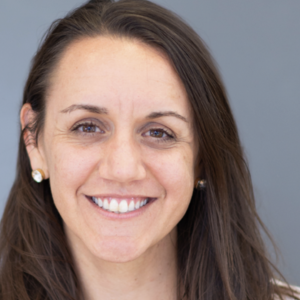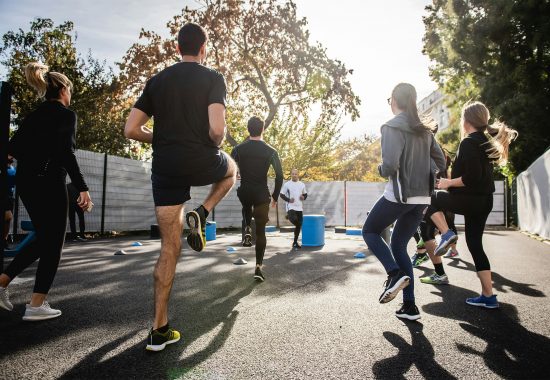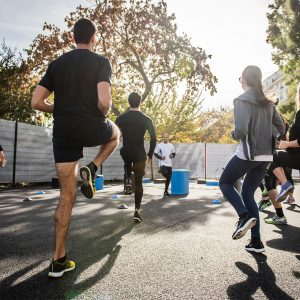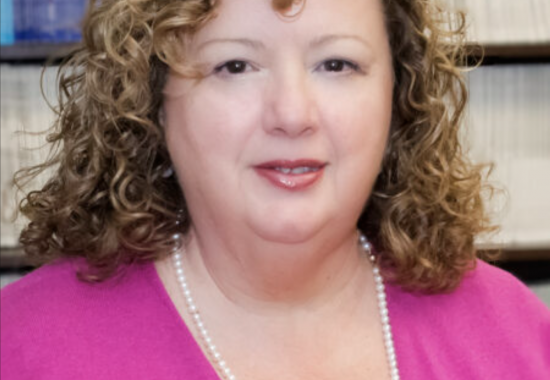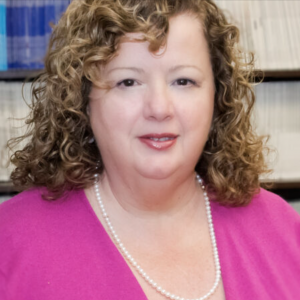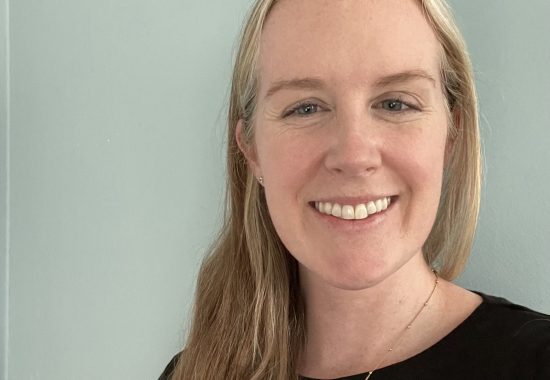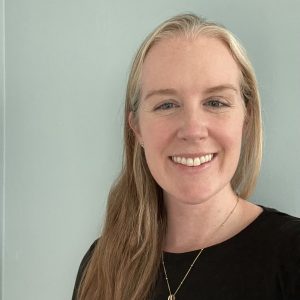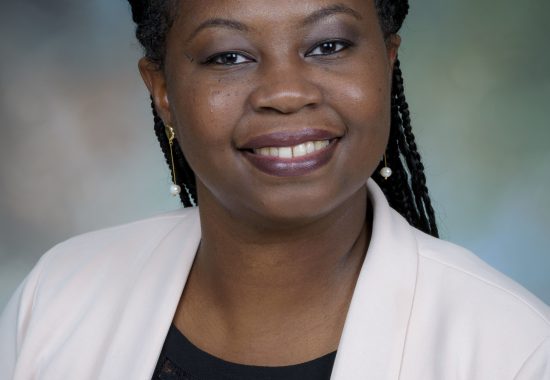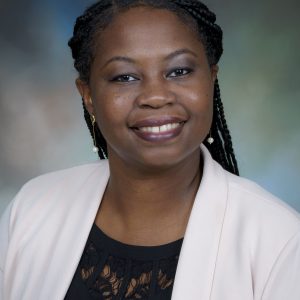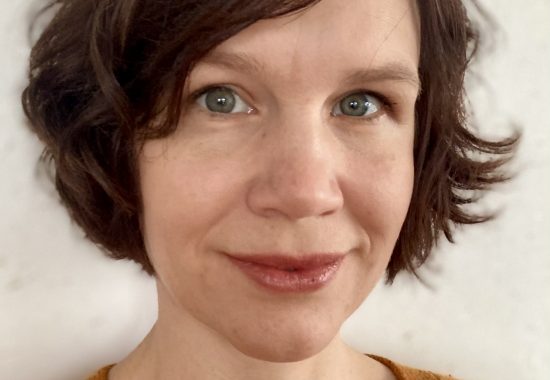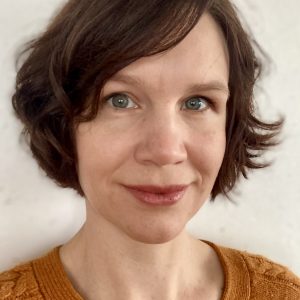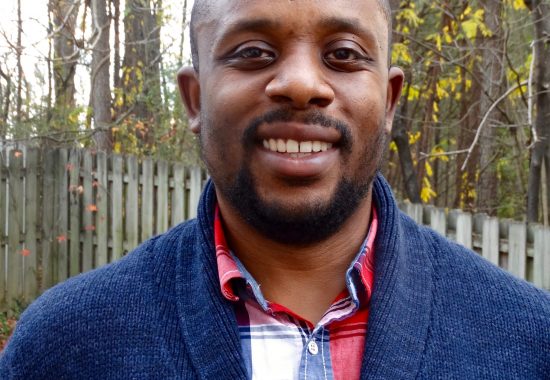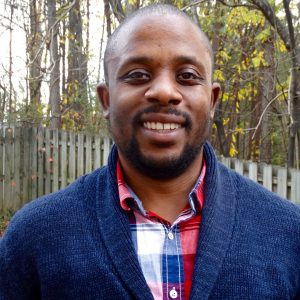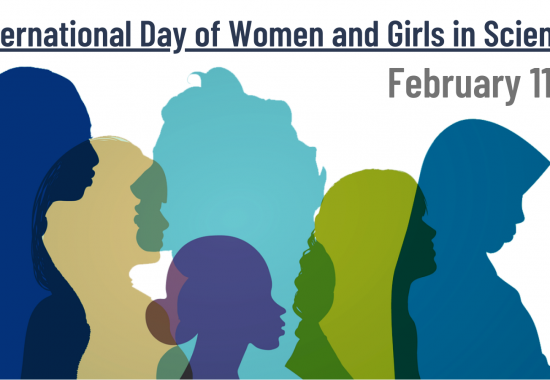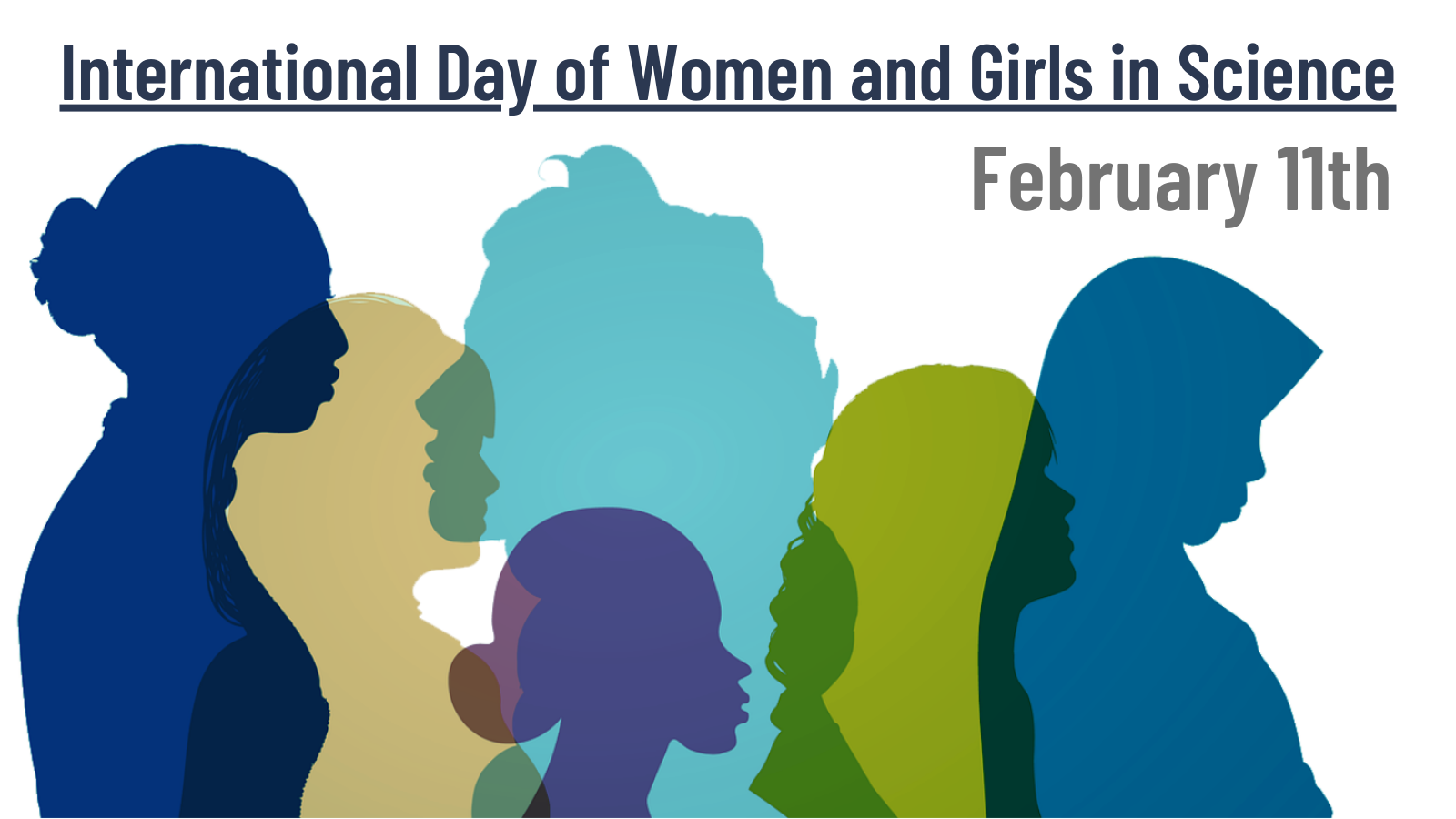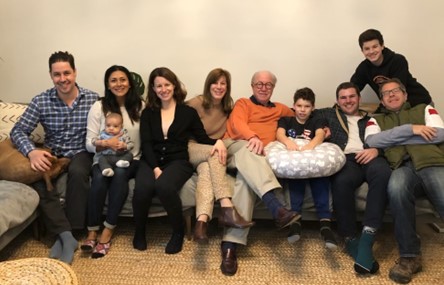
From Left to Right: Pete Shrier, Calvin Shrier, Shraddha Shrier, Lee Yonish, Nancy Shrier, Marc Shrier, Lucas Yonish, Zach Yonish, Wesley Yonish, Steve Yonish
In the serene surroundings of Elkins Park, Jefferson Moss-Magee Rehabilitation Hospital stands as more than a medical facility; it is a symbol of hope and healing, profoundly influenced by the compassionate spirit of Nancy Wachtel Shrier. Her connection to this institution was not just philanthropic—it was a vital part of her very being, a manifestation of her unwavering commitment to bettering the lives of others. This tribute, drawn from the rich tapestry of memories shared by her family, including her husband, Marc, and children, Peter Shrier and Lee Yonish, celebrates a woman whose empathy and dedication have indelibly shaped the essence of these institutions.
Marc Shrier’s voice softens with affection as he recalls his wife’s deep involvement with the institution. “Nancy was a whirlwind of activity at Moss, always looking for ways to contribute more meaningfully,” he says. This passion wasn’t solitary; it enveloped Marc, transforming him from a patient to an ardent supporter. Their collaborative efforts, notably their substantial contributions to Moss Rehabilitation Research Institute and the Shrier Family Topics in Rehabilitation Science Lecture Series, are now cornerstones of the institution.
Their children paint a vivid picture of a life exemplified by generosity and empathy. “Our parents cared deeply about a range of causes, but it was always done with so much love,” Lee reflects. Peter adds, “They have giant hearts, and that was evident in everything they did.” For them, Nancy was not just a mother but an exemplar of kindness, her life a lesson in the power of giving.
Nancy’s commitment to Moss Rehabilitation Research Institute and Jefferson Moss-Magee Rehabilitation – Elkins Park was characterized by her visionary approach and tireless dedication. The pinnacle of her contributions was the establishment of the Directorship in her name, a testament to her profound impact on the field of rehabilitation science. Dylan J. Edwards, PhD, the inaugural holder of this directorship, exemplifies the values and vision Nancy cherished, particularly in advancing rehabilitation research.
Her involvement went far beyond financial support; Nancy was a catalyst for innovation and growth. The Shrier Family Topics in Rehabilitation Science Lecture Series, an initiative she spearheaded, has become a tool for disseminating knowledge and fostering collaboration among experts worldwide. This series, along with her other endeavors, has significantly propelled the Institute’s standing in the global rehabilitation community.
Moreover, Nancy’s support was instrumental in developing programs that emphasized the importance of art and sports in rehabilitation. Her enthusiasm for All About Moss Through the Arts and the wheelchair tennis tournament at Penn reflected her belief in the resilience and capabilities of individuals, regardless of their physical challenges.
The legacy of Nancy within the walls of Jefferson Moss-Magee Rehabilitation Hospital – Elkins Park and Moss Rehabilitation Research Institute is both profound and enduring. The establishment of the Directorship in her name stands as a poignant homage to her relentless pursuit of progress in rehabilitation science. This directorship not only honors her memory but also serves as a beacon, guiding future innovations in the field.
Her children reflect on the enduring impact of these tributes. Lee observes, “The Directorship in our mother’s name is more than an honor; it’s a continuation of her life’s work, inspiring others to follow in her footsteps.” Peter adds, “It’s a living testament to her dedication and passion.”
Additionally, the staff and patients of the hospital often speak of Nancy’s influence. Rejoice Jula, the Director of Development, reminisces about Nancy’s readiness to assist in any capacity, underlining her indomitable spirit and dedication to service. These tributes collectively paint a picture of a woman whose life was defined by generosity, innovation, and an unwavering commitment to help others.
Nancy’s story is not just one of personal achievement but a narrative of unwavering compassion and philanthropy. Her profound dedication to Jefferson Moss-Magee Rehabilitation – Elkins Park and Moss Rehabilitation Research Institute has set a benchmark for future rehabilitation philanthropy. Her legacy, echoed in the corridors of these institutions and in the hearts of those she touched, serves as a powerful reminder of the transformative impact one individual can have. Nancy’s memory, defined by purpose and generosity, continues to inspire, and guide us in our efforts to support and uplift those in need.


